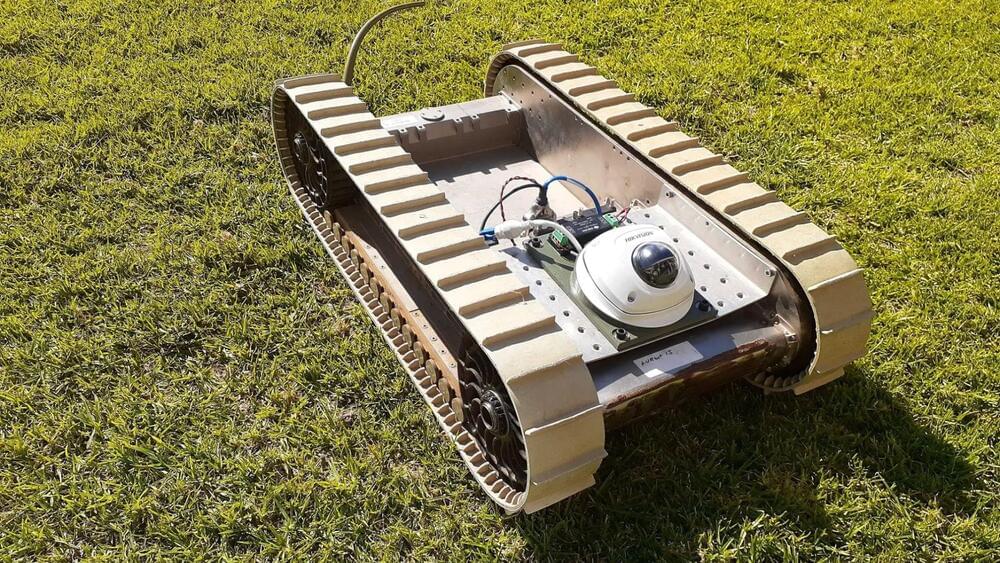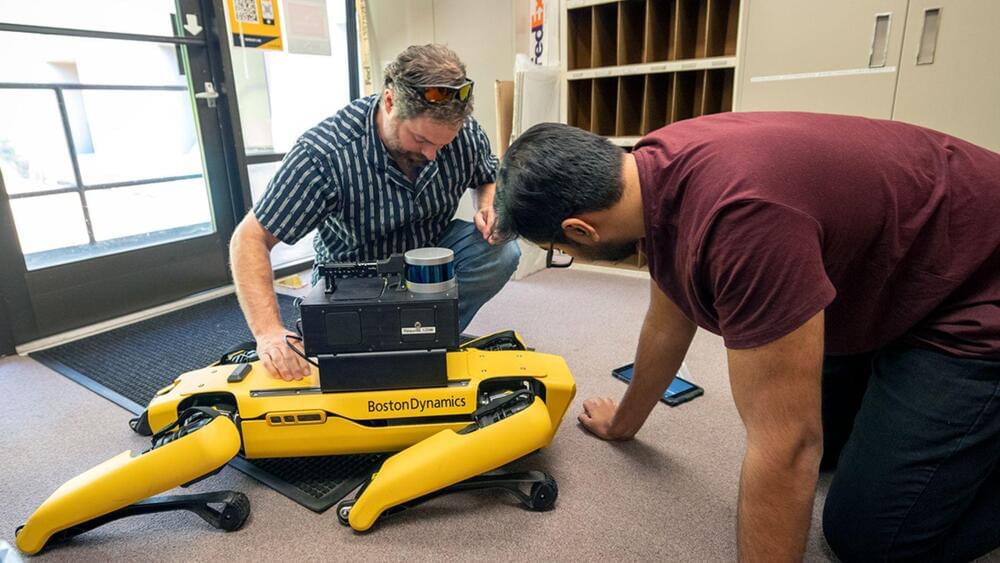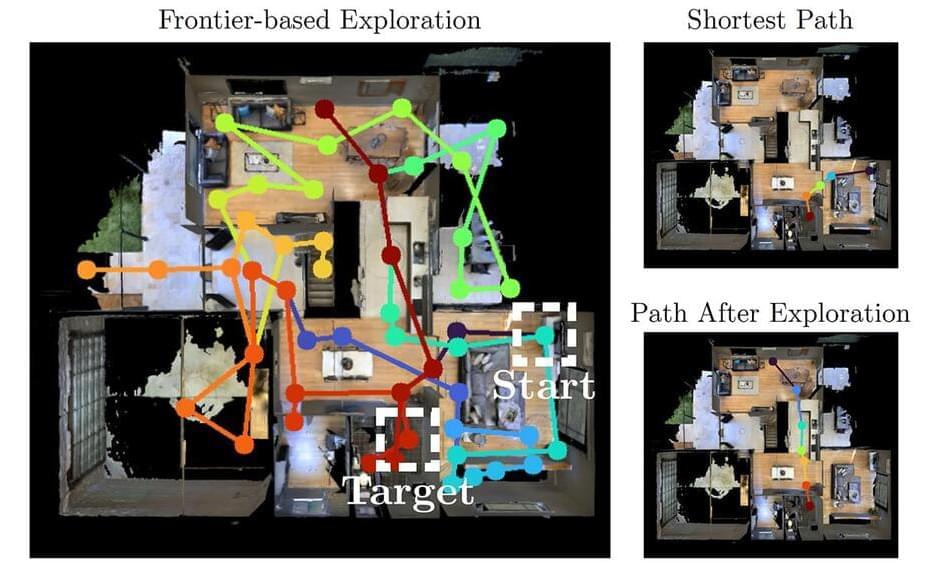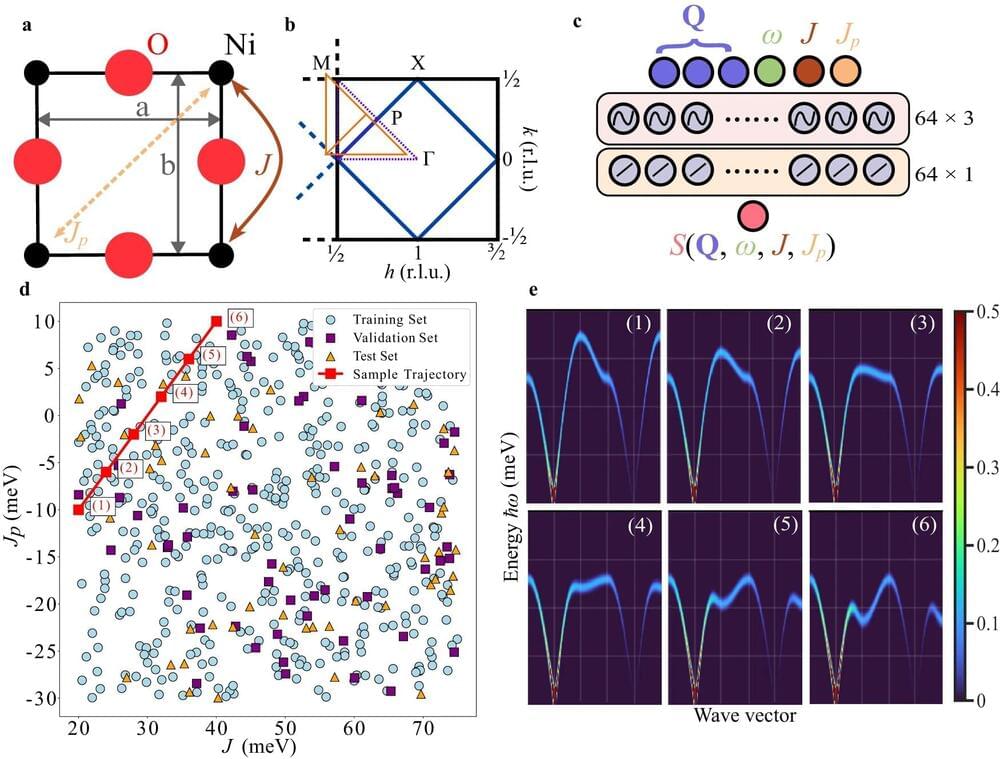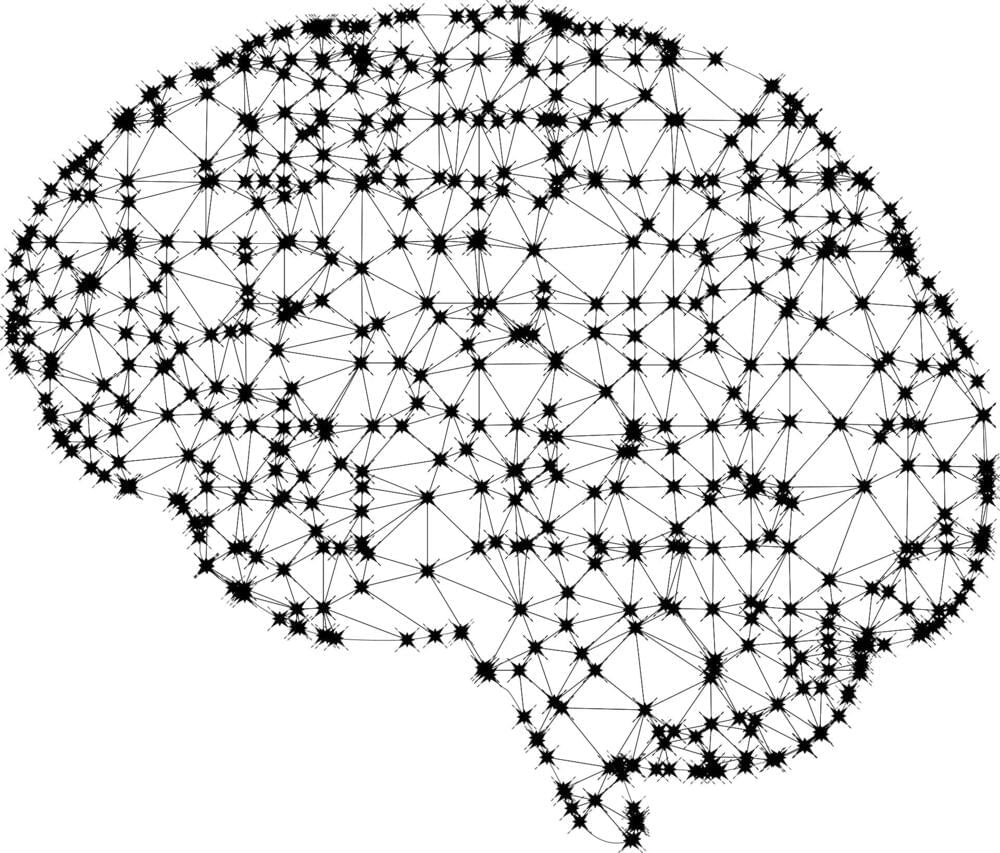The researchers tested their algorithm on a replica of a US Army combat ground vehicle and found it was 99% effective in preventing a malicious attack.
Australian researchers have developed an artificial intelligence algorithm to detect and stop a cyberattack on a military robot in seconds.
The research was conducted by Professor Anthony Finn from the University of South Australia (UniSA) and Dr Fendy Santoso from Charles Sturt University in collaboration with the US Army Futures Command. They simulated a MitM attack on a GVT-BOT ground vehicle and trained its operating system to respond to it, according to the press release.
According to Professor Finn, an autonomous systems researcher at UniSA, the robot operating system (ROS) is prone to cyberattacks because it is highly networked. He explained that Industry 4, characterized by advancements in robotics, automation, and the Internet of Things, requires robots to work together, where sensors, actuators, and controllers communicate and share information via cloud services. He added that this makes them very vulnerable to cyberattacks. He also said that computing power is increasing exponentially every few years, enabling them to develop and implement sophisticated AI algorithms to protect systems from digital threats.
